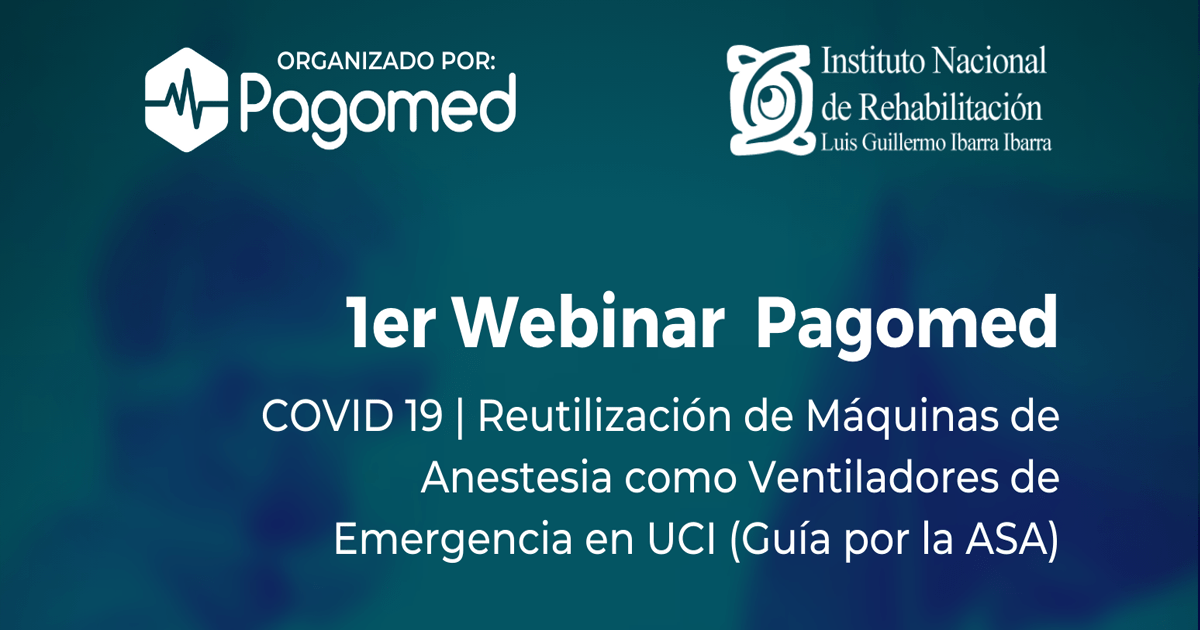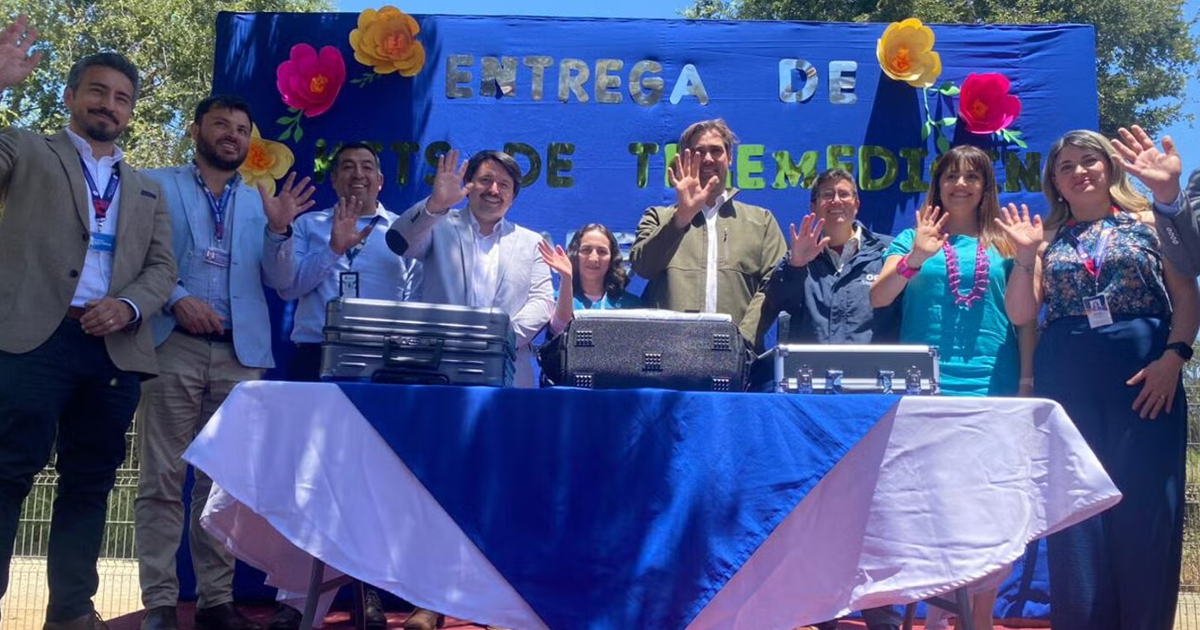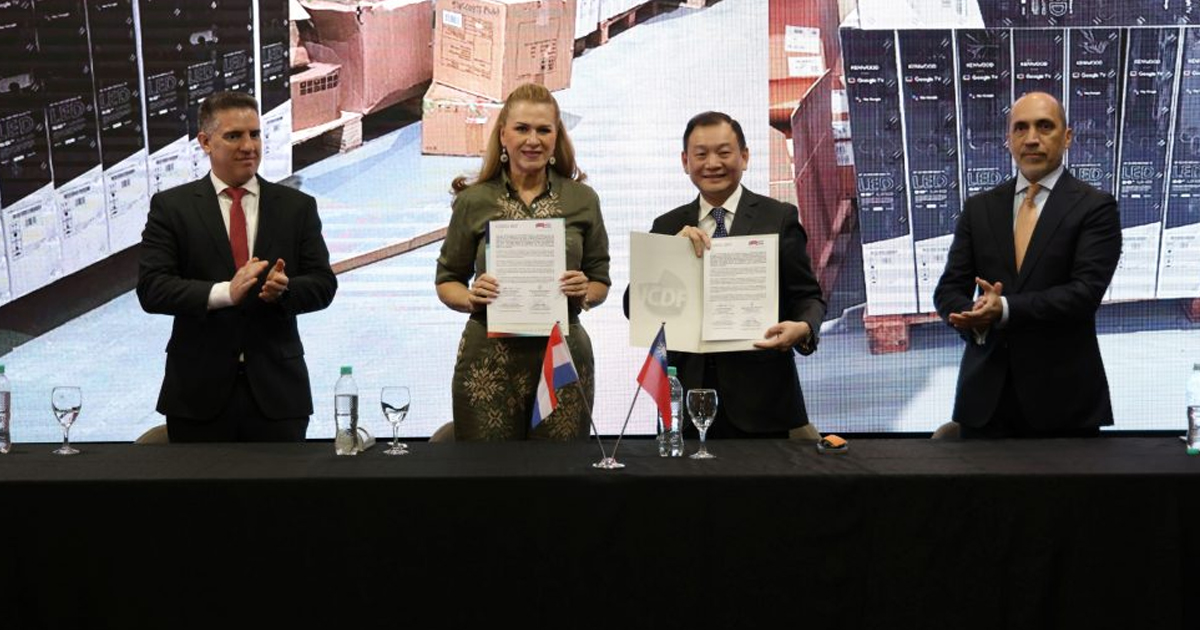Following the global health emergency by the COVID-19 pandemic, educational institutions, students and teachers have had to adapt to new types of learning.
Tras el anuncio de la OMS el 11 de marzo, en el que se declaró el brote de COVID-19 como pandemia. Según datos de la ONU, a nivel global más de 1370 millones de alumnos tuvieron que abandonar las aulas para continuar con su educación a distancia.
Esto generó la adopción masiva de métodos de educación a distancia y otras plataformas digitales por parte de alumnos y docentes.
At the beginning of April, Zoom a videoconference platform reported that in March 10 million users were to exceed 200 million users in just three weeks.
Por su parte Google anunció que la plataforma de videoconferencias Meet, que requiere de una suscripción mensual o anual, estará disponible gratuitamente hasta el 30 de septiembre. Esto tras emplearse más de 100 millones de veces durante la semana pasada.
Otra plataforma de Google es Classroom, que de forma gratuita que está enfocada plenamente en la rama educativa, su función es gestionar clases, se trata de una herramienta creada en 2014 y puede utilizarse para educación a distancia, ideal para la situación actual.
Por otra parte, la UNESCO publicó una lista de recursos para ayudar a los padres, docentes, instituciones educativas, a facilitar el aprendizaje en casa, en este periodo de aislamiento. La mayoría de las plataformas soportan varios idiomas. Se encuentran categorizados basados en las necesidades de grupos o situaciones específicas

Entre recursos para proporcionar apoyo psicosocial, sistemas de administración para aprendizaje digital, sistemas para teléfonos móviles, sistemas con funcionamiento offline, Plataformas MOOC (Cursos Masivos Abiertos en Línea), Contenido para autodidactas, aplicaciones de lectura para teléfonos móviles, plataformas de videoconferencia y comunicación directa, Herramientas para docentes en la creación de contenido digital y por último repositorios sobre aprendizaje a distancia.
De igual importancia, en México la Secretaría de Educación Pública habilitó el canal 14.2 de TV abierta como una plataforma educativa para alumnos de secundaria y bachillerato en horarios establecidos semanalmente (https://www.televisioneducativa.gob.mx/)
De la misma forma, para educación preescolar, primaria, especial, entre otras se creó la plataforma Aprende en Casa, donde se encuentran los horarios y actividades a realizar por los alumnos, que incluyen programas educativos en los canales públicos Once TV, IngenioTV y TV UNAM (https://www.aprendeencasa.mx/aprende-en-casa/niveles/index.html)







